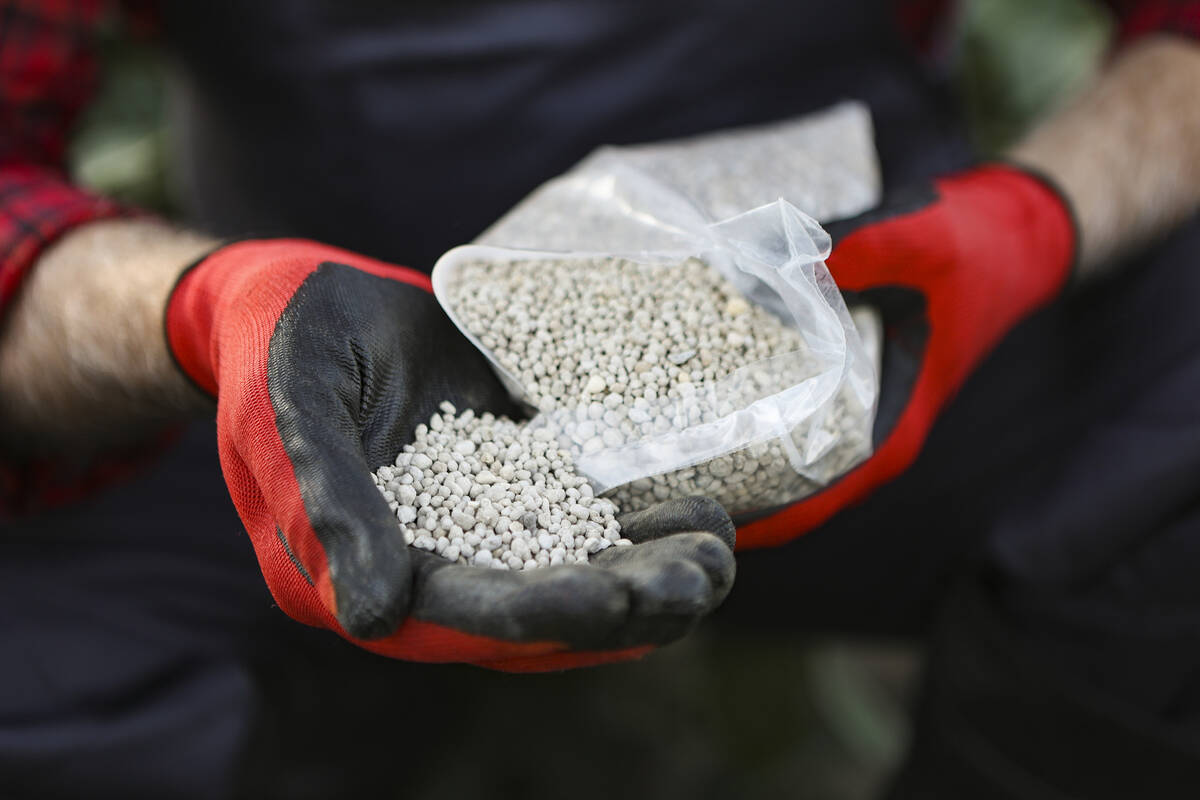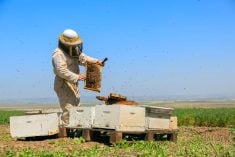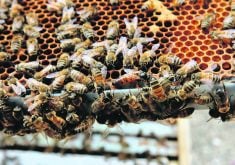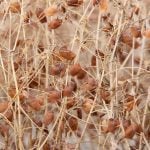While an extended season has been a boon for the honey sector, experts say it may have also played into the varroa mite issues that have plagued some operations.
Ian Steppler, chair of the Manitoba Beekeepers’ Association, said producers reported higher mite counts this year, requiring treatment.
Infestations of the parasite are associated with weak or damaged bees as well as the spread of pathogens into the hive, and varroa mites are among the largest pests for the beekeeping sector.
“There were some cases where mite populations got out of control,” Steppler said. “But, for the most part, I’m hearing most beekeepers have been able to manage the mites accordingly.”
Read Also

Fertilizer label changes called costly, unnecessary
Canada’s bulk fertilizer makers now have until July 2026 to update their labels, but industry says rules will be expensive, slow shipments to farmers and won’t actually make the system safer.
Good control has helped set hives up for winter, he added.
Provincial apiarist Rhéal Lafrenière said, much like honey production this year, varroa mite reports have been highly variable.
“I think there is some concern that we left too many mites out there, but I will also say that this season kind of was almost a perfect storm for that too,” he said.
The spring started early, he noted, and, as a side-effect of drought, bees had few rainy days limiting flight.
“Even though the drought was probably impacting their ability to collect nectar and pollen, they were still working hard at that, so they were producing a lot of bees, and the lifespan of the bees might actually have been used up faster, because they were working harder, so they had that much more turnover of bees,” he said.
Likewise, he said, the extended season and surge of both warmth and feed in fall also supported brood production.
It is the nature of the varroa mite, he said, that more brood often means more mite pressure, since the mite’s life cycle starts with the bee larvae. As larvae production increases, so too does the number of mites growing alongside.
He also noted that the efficacy of Apivar, a major treatment for the mites, has come under scrutiny, and he expects that issue to be a major topic of discussion this winter.
Foulbrood may be yet another effect of this year’s conditions, Lafrenière also said.
The province reported one case of American foulbrood and two cases of European foulbrood through this year’s inspection program. Other cases of both diseases were noted from farmer-submitted samples, a season summary put out by the province said.
While those numbers may not swerve significantly from normal, Lafrenière said the diversity of cases is worth noting.
Last year, he said, the province saw only American foulbrood through the inspection program.
“I think bees, when they’re stressed, European foulbrood is something they can express a little bit easier,” he said.
Under normal circumstances, he noted, bees typically manage the European strain of the disease more easily.
















